Whether you’re planning to hit the gym, take more walks around your neighborhood, or get the most out of a new treadmill or stationary bike at home, if you’re moving and exercising you want to make sure you’re doing it right. Giving your body what it needs to prepare, perform, and recover can not only make your actual workout easier, but allow you to get more out of it, all while reducing the risk of injury.
In today’s blog, we’re going to cover nine compounds that can improve your mobility and performance so that you can have a successful workout. We’ll look at the best things to have before your workout, after, and even ones that are good to have before and after.
But first, it helps to understand what exactly is happening in your body while you’re exercising. Let’s take a look!
Your body during exercise
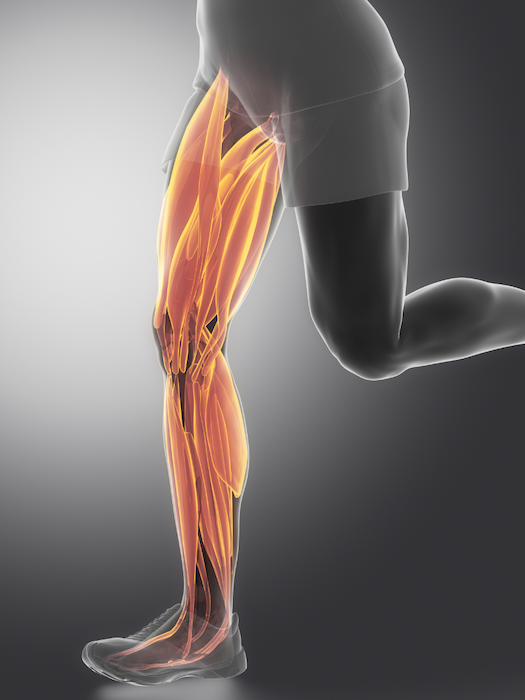
When you exercise, your body uses three main sources of fuel: carbohydrates, fat, and protein.
Carbohydrates stored as glycogen provide the most efficient source of energy during exercise. This is because they can be easily metabolized into glucose, which provides the brain, nervous system, and muscles with immediate energy.
Your body’s glycogen supply can provide enough energy for 90-120 minutes of intense activity. When glycogen runs out, this is when you get that “hitting a wall” feeling with exercise. But while your glycogen levels are running low, your body begins to break down fat for energy, especially during low- to moderate-intense activity. But when glucose levels are at their absolute lowest during exercise, your body will begin to break down skeletal muscle protein to produce more glucose.
However – and more commonly – your body grows muscle due to exercise. This is typically achieved through weight lifting and other resistance training exercises, but cardiovascular workouts like running or cycling can also cause muscle growth.
Physical activity causes structural damage to muscle fibers, especially when muscles are faced with a repetitive, challenging task such as weight lifting. The body responds by fusing broken muscle fibers together to form new muscle protein strands, which in turn increases muscle size.
A variety of factors can influence how your muscles respond to exercise, how they recover, or how they may even struggle to recover. Part of this has to do with how you perform your exercise – including form, repetition, and any weight you may have used – but the nutrients and compounds with your body also play a huge role. After all, you need the right tools to rebuild your muscles and regain fuel for your brain and body to use for energy.
Pre-workout compounds
Compounds before a workout are meant to provide you with energy and increase your stamina throughout a workout. While some of them can be consumed during your actual exercise, most are taken 15-30 minutes before getting started.
Below are some of the top compounds to take before a workout to help provide energy, endurance, and mobility.
Beta-alanine
Beta-alanine is an amino acid – a protein building block – that your liver naturally produces, but it’s also found in fish, poultry, and meat.
Beta-alanine has been shown to improve exercise performance, particularly for high-intensity workouts lasting between 1-4 minutes, such as short sprints or high-intensity interval training (HIIT). It’s also been shown to reduce muscular fatigue, specifically in older adults. [1]
During exercise, your body produces natural acidic molecules which can build up in your muscles, reducing their ability to contract, and causing fatigue. Beta-alanine reduces muscle fatigue by increasing levels of a compound which lowers muscle acidity, which in turn lowers overall fatigue. [1, 2]
In short, beta-alanine can help you work your muscles for longer, leading to increased muscle growth and calorie loss.
Caffeine
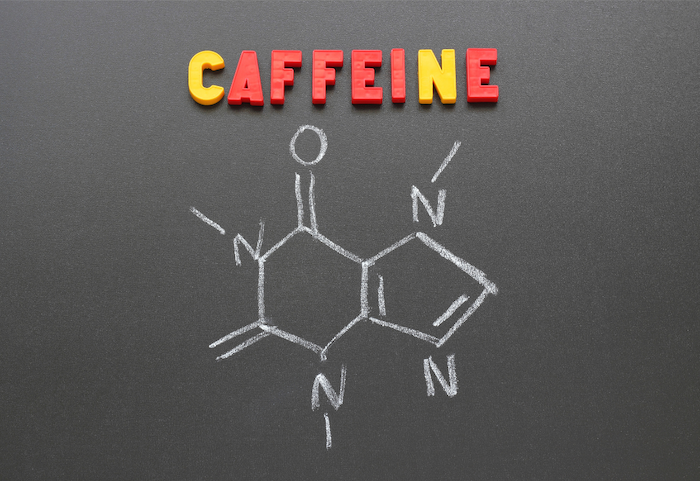
That’s right, coffee isn’t just for waking up anymore.
Because caffeine is a stimulant, it’s often included in pre-workout supplements and has been shown to benefit athletic performance. [3]
Evidence suggests that lower doses of caffeine (up to 3 mg per kg of body weight) taken before and during exercise can help those looking for a boost in stamina. [4, 5]
Caffeine works by increasing endorphin release, improving muscular function, sparing glycogen stores, and increasing alertness, all while reducing your perception of exertion during exercise. [6, 7, 8, 9, 10, 11, 12, 5]
Please keep in mind that we all react differently to caffeine. The U.S. Food and Drug Administration (FDA) considers 400 mg of caffeine to be a safe amount for daily consumption, but some pre-workout formulas may exceed this amount, or not label caffeine levels per dose at all.
Creatine
Creatine is a compound which is produced naturally in your muscle, synthesized from your body’s amino acids. However, it can also be found in red meat and seafood.
In the body, creatine helps produce adenosine triphosphate (ATP), which provides energy for muscles. As such, it’s a popular workout supplement, especially for those looking to gain muscle mass.
Research has shown that creatine intake can increase exercise capacity in adolescents, younger adults, and older adults alike. Specifically, creatine can help you perform more repetitions with the same weight, which in turn can lead to greater increase in lean mass and muscular strength and power. [13, 14, 15]
Post-workout compounds
Compounds following a workout mainly help with recovery, allowing muscles to repair more efficiently, and for energy levels to be better restored.
Carbohydrates
It’s important for muscle recovery to restore your spent glycogen levels following a workout with carbohydrate intake. You should also ensure that your glycogen levels have been fully restored before your next workout session. [16, 17, 18]
However, most researchers agree that normal dietary intake is sufficient for restoring glycogen levels following standard exercises such as walking, yoga, tai chi, and even jogging, swimming, or cycling. [19]
It’s only recommended to specifically seek out additional carbohydrates following a high-intensity, strenuous workout.
Protein
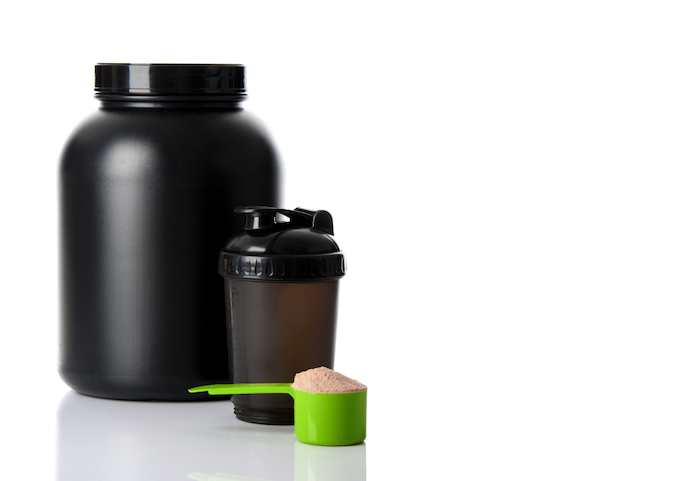
The need for excess protein during exercise varies based on the type of exercise being performed. However, for general exercise, it doesn’t seem to be as important as some may think.
A review conducted by the International Society of Sports Nutrition found that protein supplementation does not appear to improve endurance performance, but may reduce muscle damage and feelings of soreness. [20]
For those engaging in high-intensity resistance training, it may be a different story. Increased protein consumption can help with muscle recovery and growth, potentially increasing muscle mass. Although, the majority of studies investigating the effects of protein supplementation on strength enhancement have found no benefit. [20]
It appears how well protein supplementation aids those resistance training depends on a variety of factors, including intensity and duration of training, individual age, dietary energy intake, and quality of protein intake.
Chocolate milk
That’s right! You now have a good excuse to have a tall glass of chocolatey goodness.
Lately, athletes and influencers have been promoting chocolate milk as a great post-workout beverage due to its combination of protein, carbohydrates, water, and electrolytes (in the form of calcium and sodium). But is there any truth to it?
Well, a review of the effects of a post-workout glass of chocolate milk found that the chocolate milk provided similar – or in some cases superior – results compared to water or other sports drinks. [21]
And a second review found low-fat chocolate milk was effective at encouraging protein synthesis and glycogen regeneration. [22]
However, research is still limited and it’s good to keep in mind that chocolate milk is often high in added sugars and saturated fats, which may not make it the best post-workout drink if you’re going for walks or light cycling.
Electrolytes
Electrolytes are chemicals that conduct electricity when mixed with water. Common electrolytes are sodium, potassium, and calcium. Electrolytes are important for hydration and the regulation of muscle and nerve function. For example, the three aforementioned electrolytes all work together to help muscles contract properly.
When you sweat, you lose electrolytes, so it’s important to restore them following a workout. You can find electrolyte mixtures in many sports drinks.
Before and after workout compounds
Some compounds are so versatile that they can help you both before and after your workout. As such, these are best to have in your system at all times and should be taken routinely every day.
Cannabidiol (CBD)
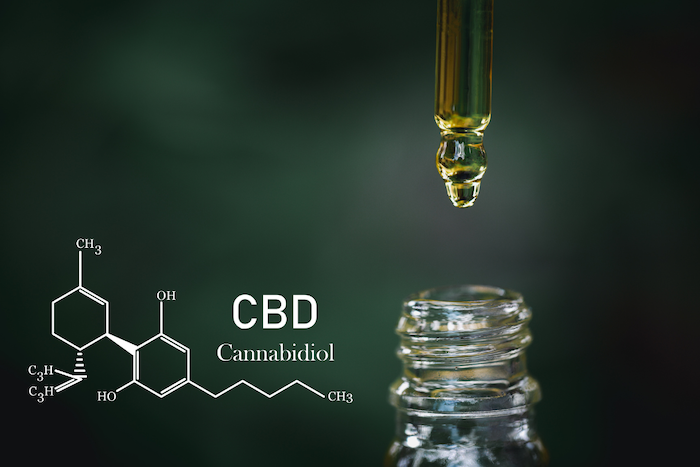
It’s no secret now that CBD can help reduce stress and anxiety, improve skin health, reduce inflammation, and more. But can it help your workout?
As it turns out, CBD offers a number of physiological, biochemical, and psychological effects that can help support your exercise routine. [23]
Pre-workout, CBD has been shown to alter key physiological and psychological responses during exercise. A study from 2022 showed that participants who took CBD before exercising had increased oxygen efficiency, less inflammation, and they enjoyed the workout more. [24]
CBD can help you get a successful night’s sleep and be better prepared for your workout. Research shows that CBD can increase sleep duration. Adequate sleep is crucial as sleep is when your body builds and repairs muscles, bones, and tissue. [25]
But that’s not the only way CBD can get you ready before a workout. There are plenty of theories as to how anxiety can impact exercise performance. But thanks to its anti-anxiety properties, CBD can also reduce your nerves and allow you to have a more calm emotional state, during which you can better focus on your movements. [26]
Post-workout, CBD can help relieve muscle soreness. If you’re routinely moving your muscles in any capacity, they’re prone to exercise induced muscle damage. This occurs naturally with consistent movement, but needs the right tools to heal effectively.
Recent studies have shown that CBD can help relieve muscle soreness caused by exercising. [27]
Additionally, because of CBD’s anti-inflammatory and antioxidant properties, it has been shown to promote mobility so that you can have a more effective workout. [28]
All in all, having CBD in your system when you’re routinely exercising is a good idea to help your muscles heal and feel less sore.
Turmeric
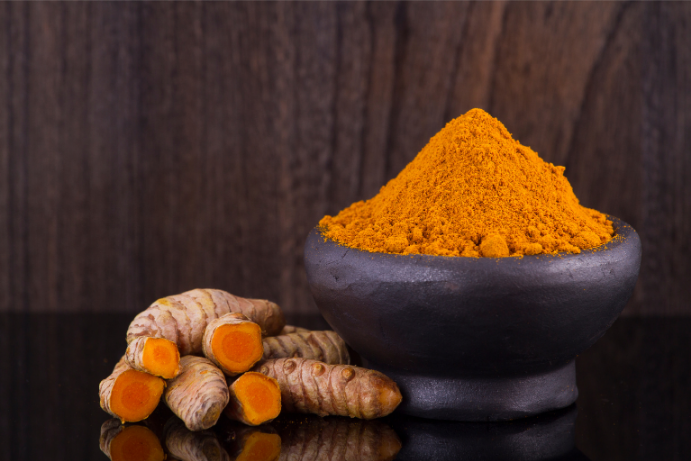
Turmeric contains a wide range of compounds that can help support your body before and after exercise.
Pre-workout, taking turmeric can help increase endurance by supporting the muscles. For example, one study gave mice turmeric’s most active compound, curcumin, before various intensive activities. The mice with curcumin had increased endurance, less of the natural byproducts often caused by exercise which fatigue muscles, and they retained glycogen levels for longer. [29]
A 2020 review of 11 human studies found that curcumin increased exercise performance in participants of all reviewed studies. Those taking curcumin had reduced inflammation and oxidative stress, decreased pain and muscle damage, superior recovery and muscle performance, better psychological and physiological responses during training, and improved gastrointestinal function. [30]
Turmeric can also help increase mobility by reducing the discomfort brought on by inflammatory diseases like arthritis, allowing you to exercise when you would otherwise struggle. [31, 32]
Post-workout, turmeric can help with muscle soreness and recovery. Turmeric has been found to reduce muscle damage, decreasing inflammation.
A 2017 study found that exercising adults who took turmeric reported significantly less muscle soreness and were found to have lower levels of creatine kinase, a marker for muscle damage. [33]
Turmeric can also reduce symptoms of depression, allowing you to feel more motivated to get moving. [34]
In short, turmeric taken before a workout can help your endurance, your ability to move more freely, while supporting your recovery afterwards.
CBD Turmeric in one
If you’re consistently taking both CBD and turmeric, you should be able to call on the above benefits any time you feel the urge to get moving.
And because April is Move More Month, we want you to get moving as much as possible!
That’s why we’re currently running our Get Moving Sale!
If you’re reading this, you can currently save 35% and get FREE shipping on the most reliable CBD turmeric supplement on the market
Simply click here to learn how!
References:
- https://jissn.biomedcentral.com/articles/10.1186/s12970-018-0242-y
- https://link.springer.com/article/10.1007/s00726-011-1200-z
- https://www.ncbi.nlm.nih.gov/pmc/articles/PMC7728608/
- https://www.ncbi.nlm.nih.gov/pmc/articles/PMC5790855/
- https://pubmed.ncbi.nlm.nih.gov/25355191/
- https://pubmed.ncbi.nlm.nih.gov/31618910/
- https://pubmed.ncbi.nlm.nih.gov/33345139/
- https://pubmed.ncbi.nlm.nih.gov/31181616/
- https://pubmed.ncbi.nlm.nih.gov/31793465/
- https://pubmed.ncbi.nlm.nih.gov/30557194/
- https://pubmed.ncbi.nlm.nih.gov/27612937/
- https://pubmed.ncbi.nlm.nih.gov/26899133/
- https://jissn.biomedcentral.com/articles/10.1186/s12970-017-0173-z
- https://www.sciencedirect.com/science/article/abs/pii/S0899900704001054?casa_token=AMxQI-0kp3sAAAAA:V_M8q-X7NCl0HnOQZj-R8dM_pQnBgFIDa370scJkGaUxsCFE3AZnBhHpPexrxO9GlePFyWwITA
- https://pubmed.ncbi.nlm.nih.gov/12701815/
- https://europepmc.org/article/med/26891166
- https://journals.physiology.org/doi/full/10.1152/japplphysiol.00860.2016?url_ver=Z39.88-2003&rfr_id=ori:rid:crossref.org&rfr_dat=cr_pub=pubmed&
- https://academic.oup.com/nutritionreviews/article/76/4/243/4851715?login=false
- https://academic.oup.com/nutritionreviews/article/76/4/243/4851715?login=false
- https://jissn.biomedcentral.com/articles/10.1186/s12970-017-0177-8?_ga=2.12383604.1190971563.1580748342-1020357470.1573142582
- https://www.nature.com/articles/s41430-018-0187-X
- https://www.karger.com/article/Abstract/341954
- https://www.ncbi.nlm.nih.gov/pmc/articles/PMC7338332/
- https://www.ncbi.nlm.nih.gov/pmc/articles/PMC8891421/
- https://www.ncbi.nlm.nih.gov/pmc/articles/PMC6326553/
- https://academy.sportlyzer.com/wiki/arousal-and-performance/#:~:text=In%20sport%20setting%2C%20arousal%20is,kinds%20of%20effects%20on%20performance
- https://www.kheljournal.com/archives/2020/vol7issue2/PartB/7-2-4-412.pdf
- https://www.frontiersin.org/articles/10.3389/fneur.2018.00183/full
- https://www.ncbi.nlm.nih.gov/pmc/articles/PMC4344567/
- https://pubmed.ncbi.nlm.nih.gov/32282223/
- https://pubmed.ncbi.nlm.nih.gov/19594223/
- https://pubmed.ncbi.nlm.nih.gov/27533649/
- https://faseb.onlinelibrary.wiley.com/doi/abs/10.1096/fasebj.31.1_supplement.lb766
- https://www.ncbi.nlm.nih.gov/pmc/articles/PMC7728608/





